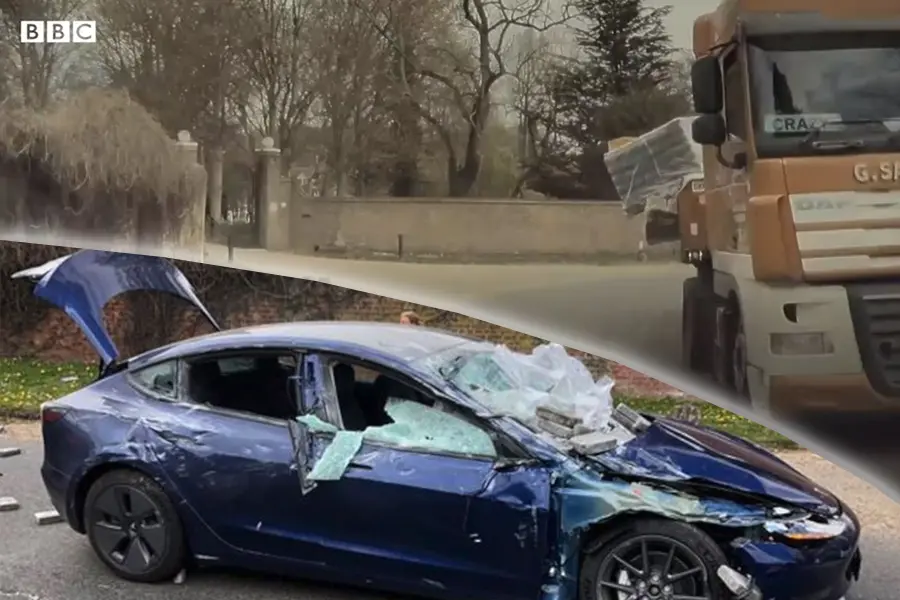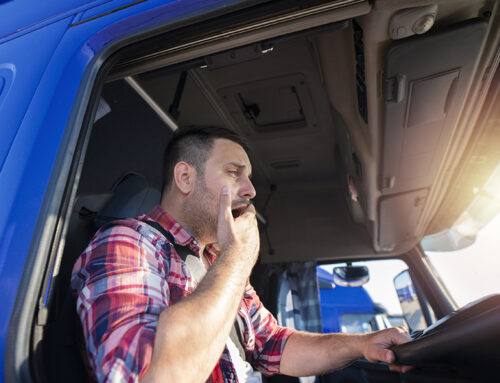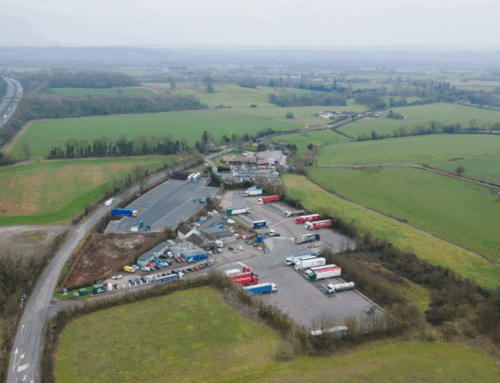Safe Loading – Transport Chain Responsibility
The Driving for Better Business Campaign is focusing on loading issues this month, so we asked Nina Day from the HSE to join us for the January episode of ‘Let’s Talk Fleet Risk’.
Nina has worked for the Health and Safety Executive for 21 years. She’s a chartered mechanical engineer and a dangerous goods safety advisor specialising in road and workplace transport, so who better to talk us through some of the issues around safe loading and load security for the latest episode in our Driving for Better Business Podcast series.
Load security – is it really a problem?
When in comes to safe loading of vehicles and load security it might be easy to dismiss it as something that is simply a box that needs to be ticked as part of your other driving for work compliance duties. The real story is very different. There are a number of incidents that have happened over the years, many in recent memory, where innocent passers by have been killed or seriously injured because a load was not secure or a commercial vehicle was overloaded.
In 2012, a container fell from a lorry at a roundabout on the A63, and crushed and killed cyclist, Susan Russell, instantly. The lorry driver had secured the load with only two straps. One of the straps was not properly fastened and the driver had also failed to use matting to stop the load from slipping. The court was told it would have required 40 straps to keep it securely in place without the matting. The driver was jailed.
More recently, in 2021, the driver and passenger were lucky to escape with minor injuries when a lorry shed its load of concrete slabs onto a Tesla as it rounded a corner. It’s frightening to watch the moment the slabs come towards the vehicle. There were some key lessons for fleet operators and business drivers from this incident, on the dangers of a load leaving the vehicle – it’s often assumed that a load will not ‘bounce’ over the sides of a lorry or LCV, but due to the effect that heavy loads have on the braking and handling of a commercial vehicle, it can happen if the load is not properly secure. It’s actually a miracle that the driver of the oncoming vehicle was not killed.
Safe loading and load security
This month’s podcast examines why operators and drivers don’t always understand their responsibilities, and also where the culpability for such incidents as those we’ve described lies in the eyes of the police and the HSE. Is everyone in the supply chain for your operation clear on the role they play? What sort of risk assessments are you using as part of your driving for work and load security policy?
The Driving for Better Business website library includes a section on load security resources, with a range of videos and guides that fleet managers can share with their drivers. It’s an area where everyone who is involved in the transport chain bears responsibility so it’s key that those businesses that move goods around the road network are clear on how to ensure the process is as safe as it can be.
Load Security – don’t risk it
There are a number of areas that we cover in the podcast on why many of the issues around safe loading and load security are due to misunderstanding rather than malicious malpractice.
Perhaps the key takeaway is Nina’s view that the fundamental problem where an incident has happened – usually a fatality or a serious injury – is a lack of risk assessment, or the fact that the risk assessment is so inadequate it may as well not have existed – in her words:
“That’s something I’ve seen in the vast majority in load shift incidents I’ve worked on in the last 15 years. There are a lot of misconceptions on risk assessments – but it doesn’t have to be bureaucratic and time consuming. It’s just thinking through what you do, what could go wrong and what how to stop someone getting hurt if it does go wrong. HSE provides a lot of free guidance on our website. If you haven’t thought things through, the chances of everything else being right are actually quite low. All the other issues we see follow on from not having the risk assessment right. It’s also a legal requirement so if you’re an employer or self-employed, you do need to have a risk assessment.”
You can hear more advice on how to check your risk assessment process is fit for purpose in this 30 minute episode of the Let’s talk Fleet Risk podcast series which is now available, along with previous episodes which offer insights and advice to help fleet managers operate more safely and efficiently – so please download the podcast via your favourite provider.






